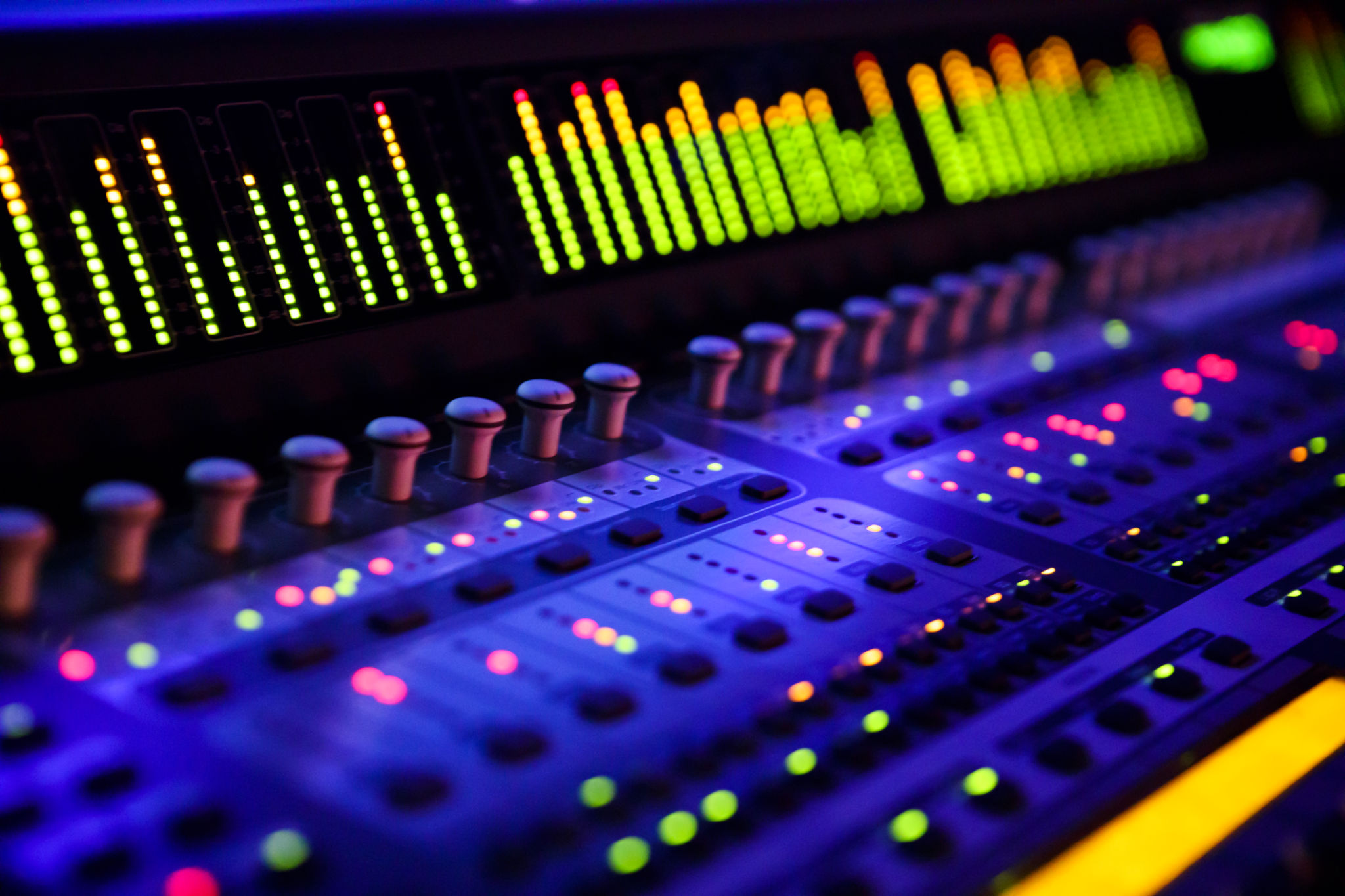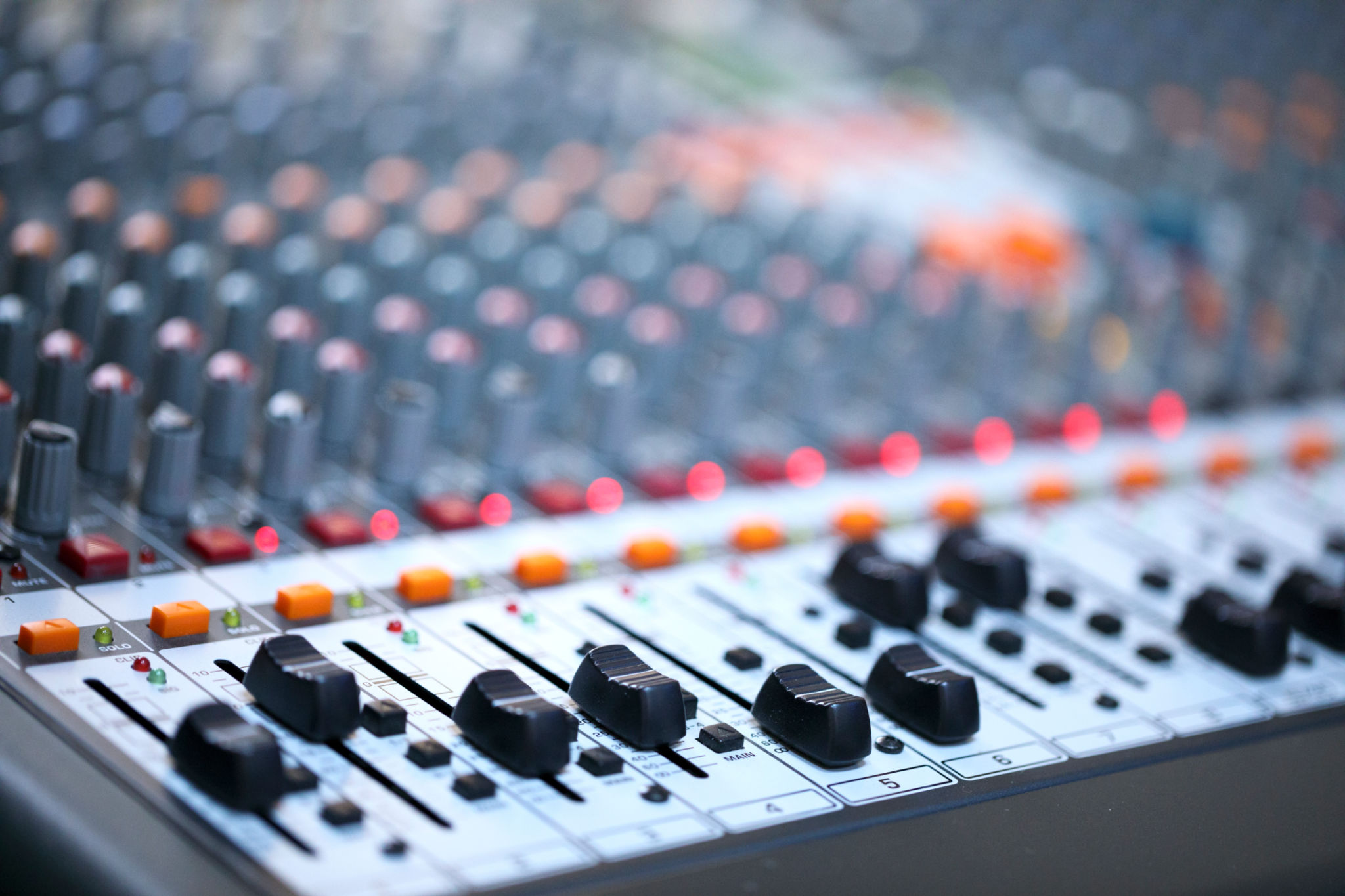How to Create a Unique Sound as an Electronic Artist
Understanding Your Influences
Creating a unique sound as an electronic artist begins with understanding your influences. Every artist draws inspiration from somewhere, whether it's a particular genre, a specific artist, or even non-musical elements like nature or art. Begin by identifying what you love about your favorite tracks and artists. This could be the rhythm, the melody, or the emotional response it evokes. Understanding these elements will help you define what you want to incorporate into your own sound.
While it's important to have influences, it's equally crucial to avoid imitation. Strive to extract the essence of what you admire and transform it into something that is distinctly yours. This balance will set the foundation for your unique sound.

Experimentation with Software and Hardware
The tools you use play a significant role in shaping your signature sound. As an electronic artist, you'll likely use a combination of software and hardware. Each digital audio workstation (DAW) has its own set of features and effects that can contribute to your sound. Spend time exploring different DAWs to see which one resonates with your creative process.
Hardware can also add a unique dimension to your music. Synthesizers, drum machines, and samplers each have distinct characteristics that can influence your music. Experimenting with these tools can lead to unexpected discoveries that set your music apart.

Layering Sounds and Textures
A critical aspect of electronic music is the layering of sounds and textures. This involves combining various elements such as beats, melodies, and ambient sounds to create a rich auditory experience. Start by building a foundation with a solid beat or bassline and then layer additional sounds on top.
Pay attention to the dynamics between these layers. Using effects like reverb, delay, and modulation can enhance the texture and depth of your tracks. Experiment with how different sounds interact with each other to create a cohesive yet innovative piece.

Embracing Unique Genres and Styles
Don't be afraid to explore and blend different genres and styles. Electronic music is incredibly diverse, ranging from techno and house to ambient and experimental. By mixing elements from various genres, you can create something new and unexpected.
Research lesser-known subgenres and incorporate elements that intrigue you. This approach not only broadens your musical palette but also helps in crafting a distinct sound that isn't easily categorized.
Feedback and Iteration
Once you've crafted some tracks, seek feedback from fellow musicians or listeners who understand the genre. Constructive criticism can provide new insights into areas for improvement or highlight aspects of your work that truly stand out.
Use this feedback to iterate on your tracks. The process of refining and evolving your music is crucial in developing a unique sound. Remember, it's a journey that requires patience and persistence.

Consistency and Personal Branding
Finally, establishing a unique sound also involves consistency and personal branding. Consistency in your music style helps listeners recognize your work and associate it with your brand as an artist.
Consider how visual elements like album art, social media presence, and live performances reinforce your sound. A cohesive artistic identity will make you stand out in the crowded electronic music landscape.
By combining these strategies with dedication and creativity, you'll be well on your way to creating a unique sound that resonates with audiences around the world.